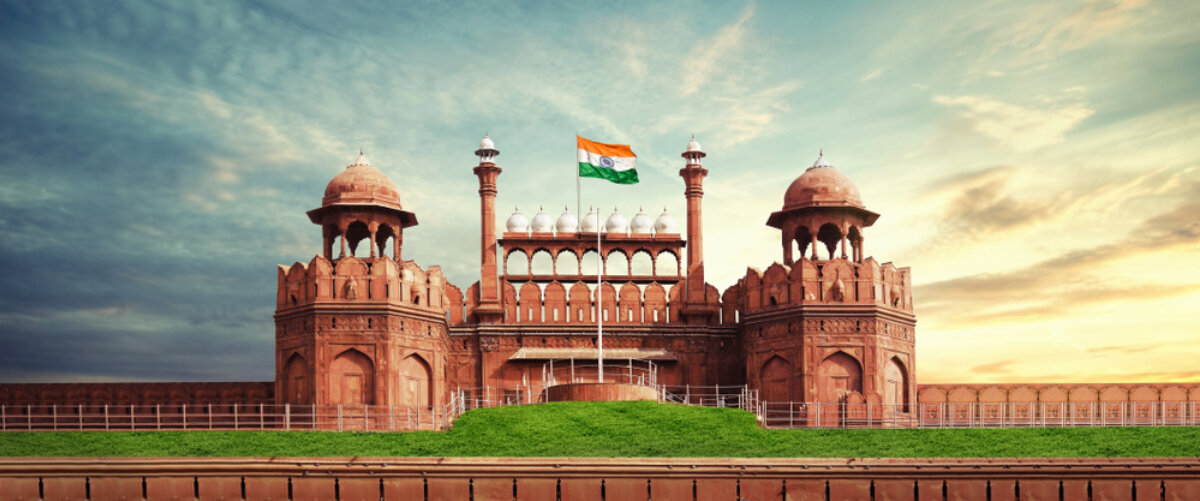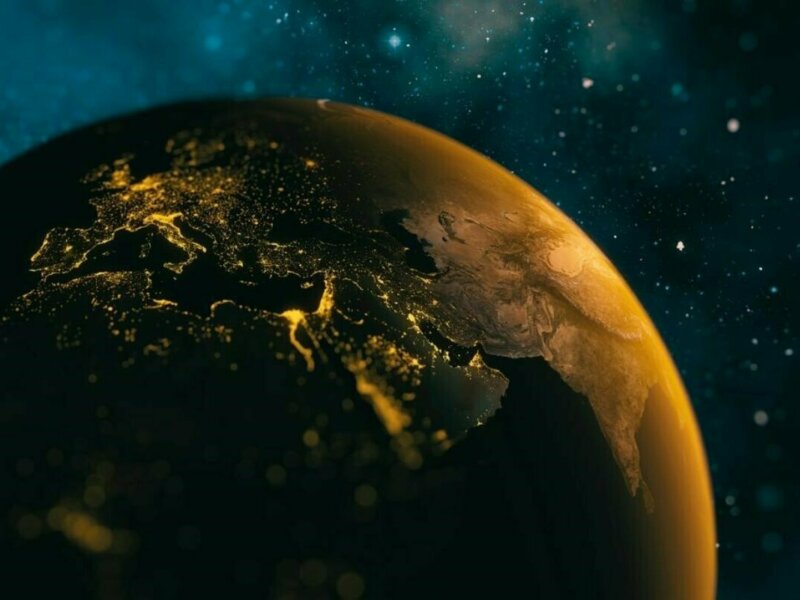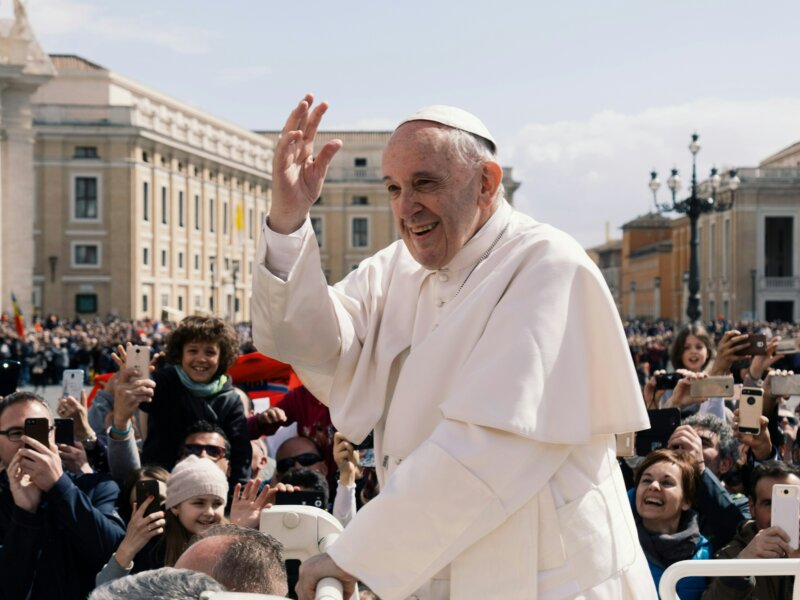La corsa dell’India
A 75 anni dall’indipendenza del paese, l’India ha celebrato in pochi giorni anche due notizie storiche. Il punto di Guido Bolaffi

In India due eventi di portata storica hanno adornato i festeggiamenti del 75esimo anniversario della sua nascita come nazione libera ed indipendente.
Il primo risale alla fine di luglio, quando, per la prima volta da sempre, una donna di origine tribale, Drupadi Murnu, è stata eletta a maggioranza dal Parlamento di Delhi Capo dello Stato. La 64enne nativa di Uparbeda, sperduto villaggio dello stato di Odisha al confine con la foresta del Jharkhand, prende il posto dell’attuale Presidente Ram Nath Kovind in carica dal 2017. Nell’elezione della Murnu ha avuto un ruolo fondamentale il pressante, esplicito appoggio politico del Premier Modi, il quale, commentandone l’elezione sul quotidiano The Hindu, ha espresso la sua grande soddisfazione: “Una figlia dell’India di una comunità tribale nata in una parte remota dell’India orientale è stata eletta nostro Presidente [...] rappresenta un raggio di speranza per i nostri cittadini, specialmente per i poveri, gli emarginati e gli oppressi”.
Il secondo evento, il cui significato per ragioni facilmente comprensibili ha fatto più rumore sui media internazionali del primo, è stato quello ben sintetizzato dal titolo dell’articolo India soars ahead of UK to become world’s fifth biggest economy pubblicato da Indian Express il 2 settembre scorso, che scriveva: “The former British colony leaped past the UK in the final three months of 2021 to become the fifth-biggest economy [...] The IMF’s own forecasts show India overtaking the UK in dollar terms on an annual basis this year, putting the Asian powerhouse behind just the US, China, Japan and Germany. A decade ago, India ranked 11th among the largest economies while the UK was 5th”.
Vale forse la pena segnalare che tra gli analisti finanziari internazionali, sul finire dello scorso agosto, si era già cominciato a parlare dell’incredibile sorpasso dell’economia della ex Madre Patria da parte di quella che era stata per due secoli una sua colonia. In particolar modo dopo la pubblicazione di un rapporto dell’agenzia Bloomberg secondo cui: “On an adjusted basis and using the dollar exchange rate on the last day of the relevant quarter, the size of the Indian economy in nominal cash terms in the quarter through March was $854.7 billion. On the same basis UK was $ 816 billion [...] Thanks to India’s fast-growing economy, there is likely to be a huge gap between India and the UK within the next few years”.
Affermazioni che, come ovvio, hanno galvanizzato il governo indiano e, soprattutto, il suo Primo Ministro. A proposito del quale, dice un commento pubblicato il 4 settembre da Indian Express, “The news comes close on the heels of Prime Minister Narendra Modi urging countrymen to resolve to become a developed country by 2047 - the centenary of India’s Independence. As such, moving past one of the biggest economies in the world, especially one that ruled over Indian sub-continent for two centuries, is a major milestone”.
I dati dell’economia indiana che, a ragione, hanno lasciato a bocca aperta mezzo mondo, chiedono però di essere attentamente letti ed interpretati. Soprattutto per le 5 ragioni illustrate dall’egregio economista indiano Udit Misra nell’articolo India overtakes the UK as the world’s fifth-lergest economy; 5 charts to put this in perspective:
“Population rate: this is one of the most fundamental differences between the two countries. As for 2022, India has a population of 1.41 billion while the UK’s population is 68.5 million. In other words, India’s population is 20 times that of the UK’s;
GDP per capita: since such a stark difference between the population of the two countries, GDP per capita provides a more realistic comparison of income levels [...] Unsurprisingly the income of an average Indian is far lower;
Poverty levels: low per capita incomes often point to high levels of poverty [...] It is noteworthy that at the start of the 19th century, the UK’s share in extreme poverty was higher than in India’s. However, as things stand today, the relative positions have reversed even though India has made giant strides in curbing poverty;
Human development index: the end goal of higher GDP and faster economic growth is to have better human development parameters. The Human Development Index is a composite of health, education and standard of living parameters [...] Despite its secular improvement, India might still take a decade to be where the UK was in 1980;
Universal healthcare coverage: a crucial element of becoming richer as a country is the quality of life available to citizens. The Universal Health Coverage Index is based on the average coverage of essential services including reproductive, maternal, newborn and child health, infectious diseases, non-communicable diseases and service capacity and access. For India, while faster economic growth and the government’s policy focus on healthcare schemes since 2005 made distinct improvement, there is still a long way to go”.



